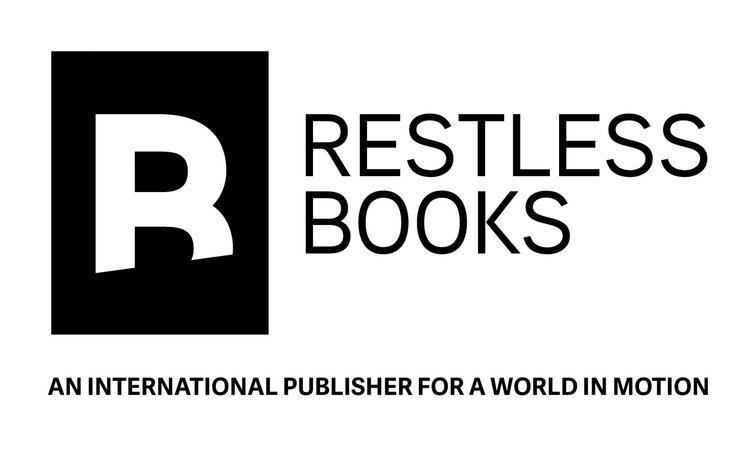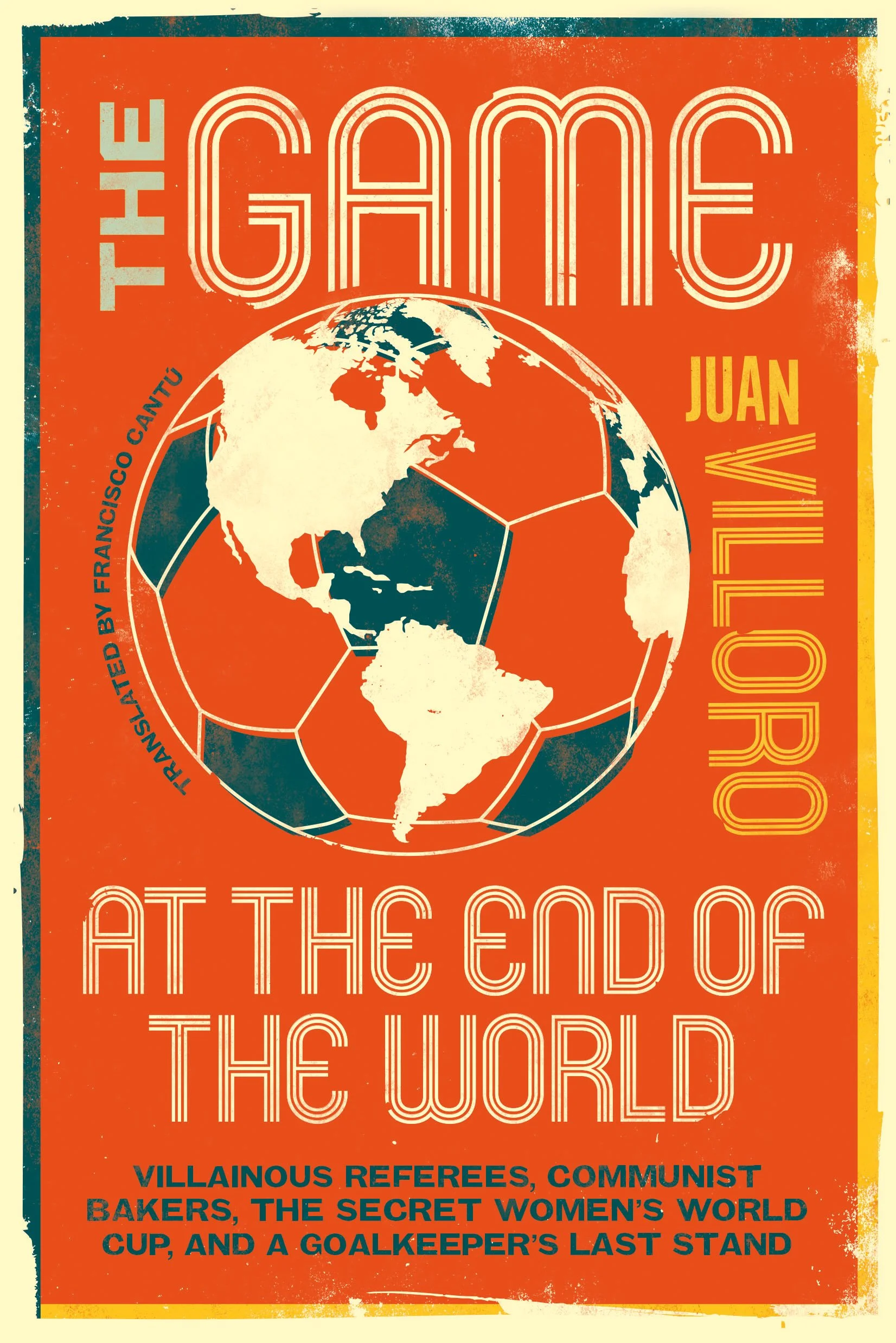Abandoned Havana
Abandoned Havana
by Orlando Luis Pardo Lazo
Translated from the Spanish by Mary Jo Porter
Introduced by Jon Lee Anderson
“It is difficult to capture in images the soul of a landscape or a city.... Orlando Luis Pardo Lazo’s photographs, and the commentaries they are accompanied with, capture whirlwinds of souls and offer them to us in such way that our own soul is transformed."
—Fernando Savater
eBook • ISBN: 9781632060099
Publication date: Oct 14, 2014
Other buying options:
Amazon | Barnes & Noble | Ebook | iTunes | Kobo
About the Book
Dissident Cuban writer, photographer, and pioneering blogger Orlando Luis Pardo Lazo presents a collection of surreal, irony-laden photos and texts from his native city. His “diary of dystopia”—an unexpected fusion of images and words—brings us closer to Havana’s scaffolded and crumbling facades, ramshackle waterfronts, and teeming human bodies. In this book, as beautiful and bleak as Havana itself, Pardo guides us through the relics and fables of an exhausted Revolution in the waning days of Castro’s Cuba.
Photo Gallery
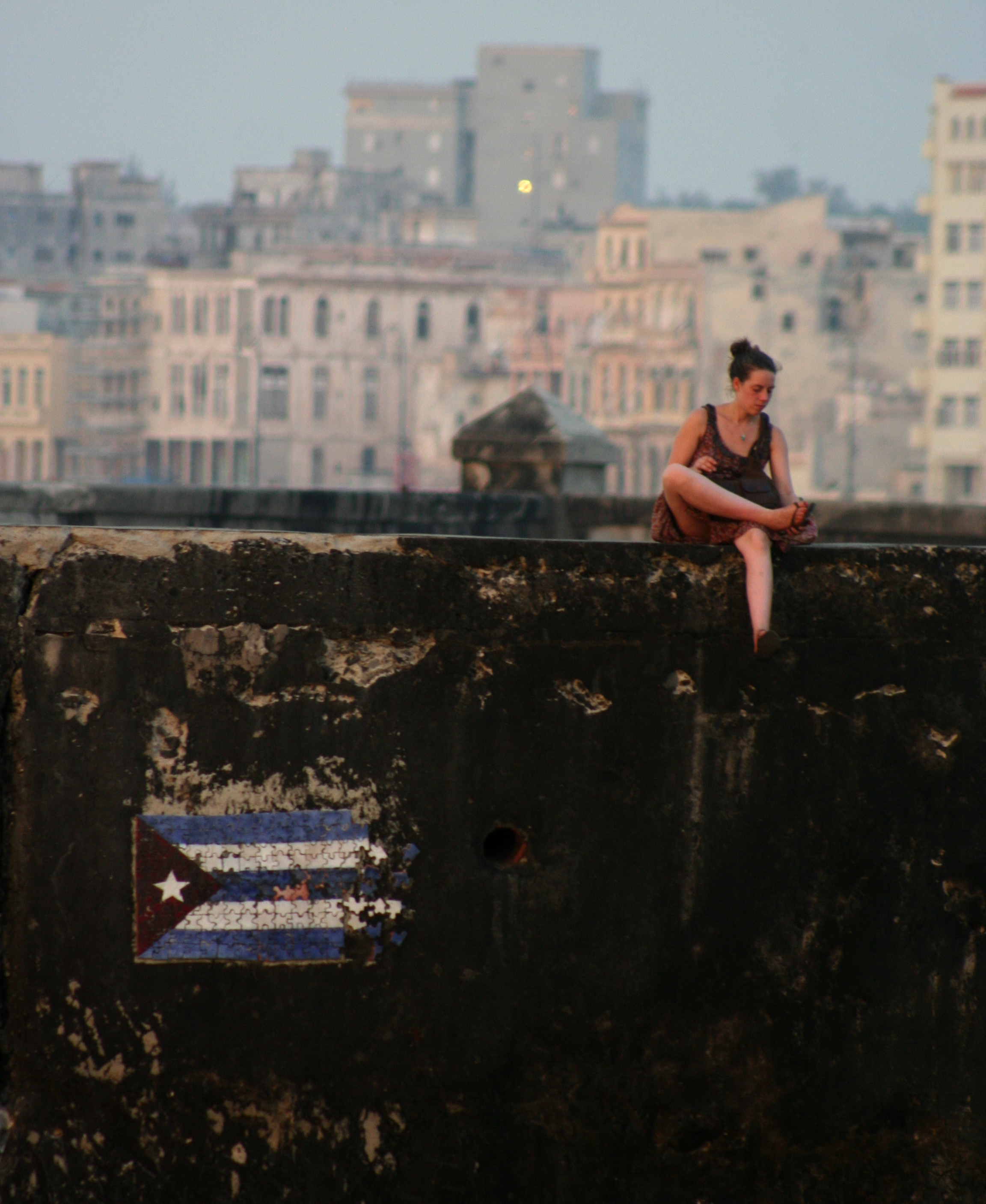

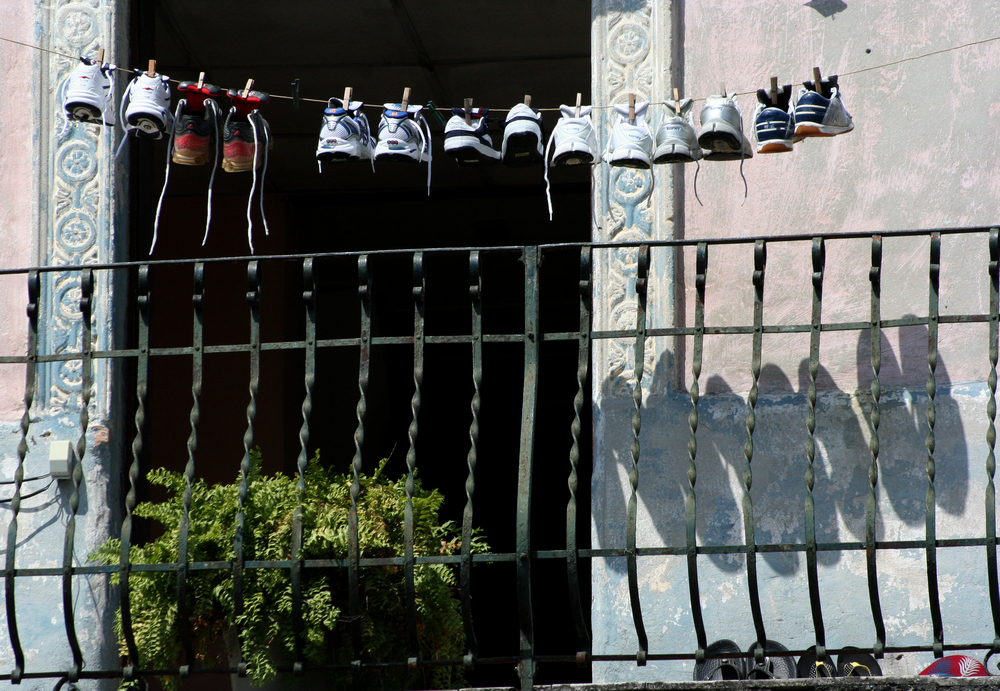
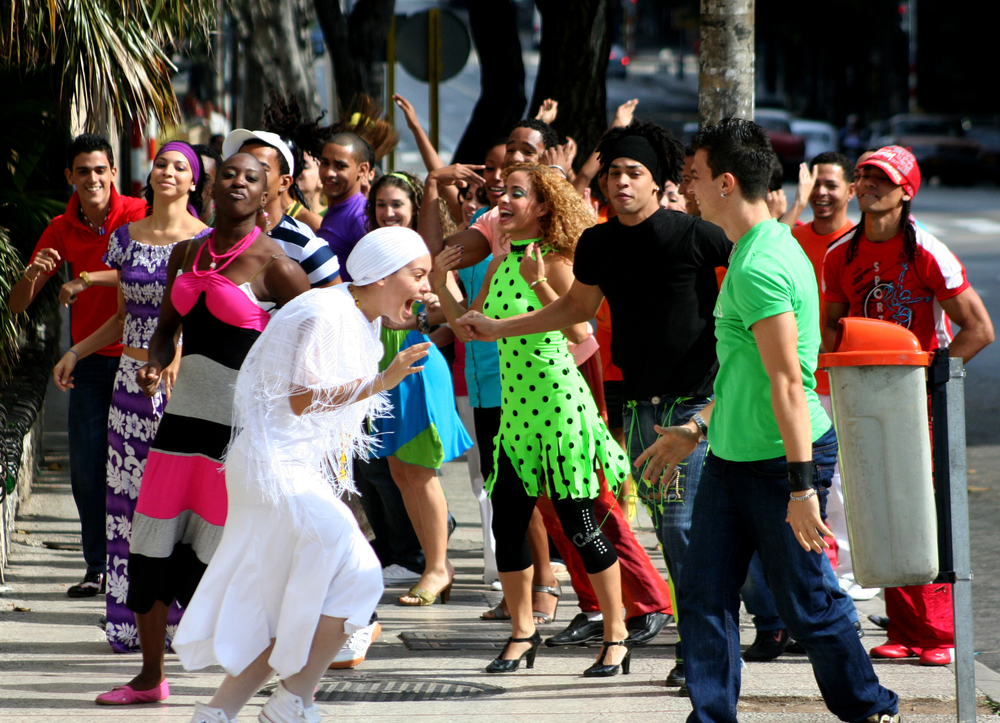

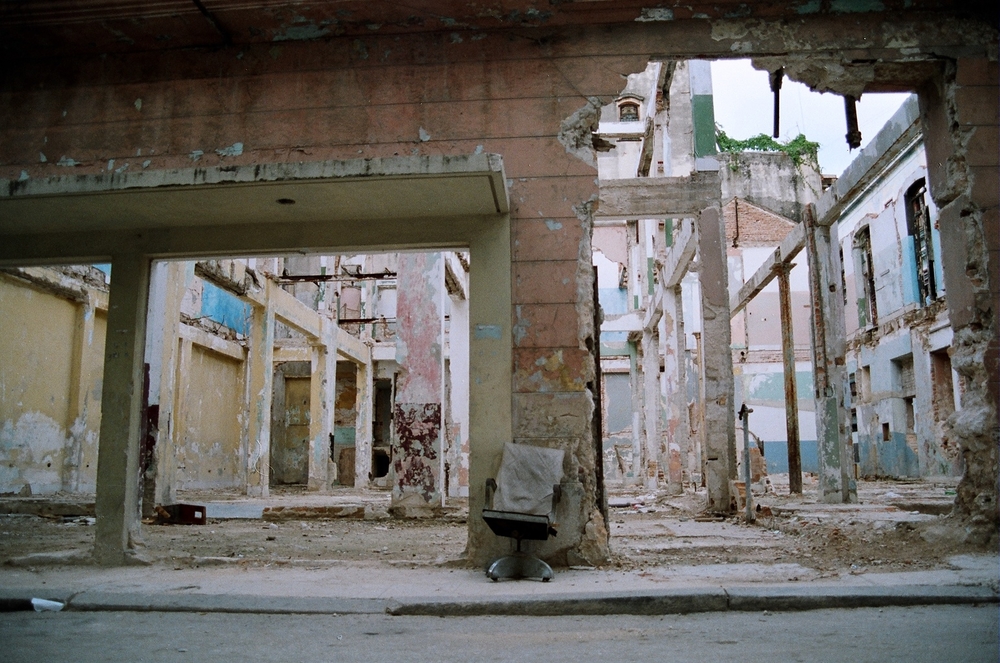
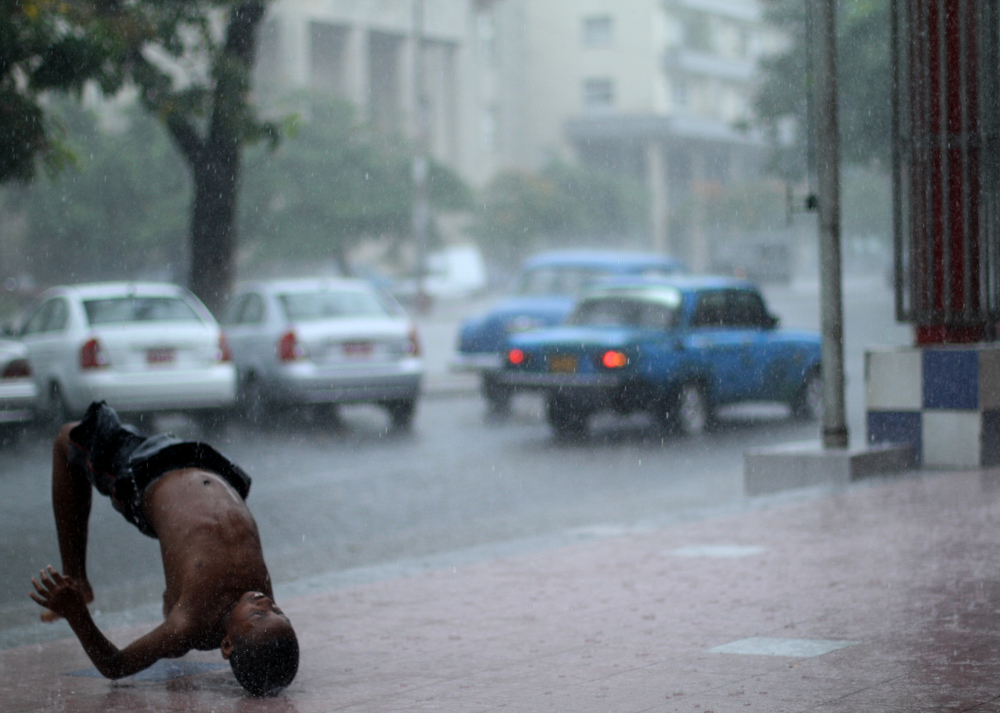
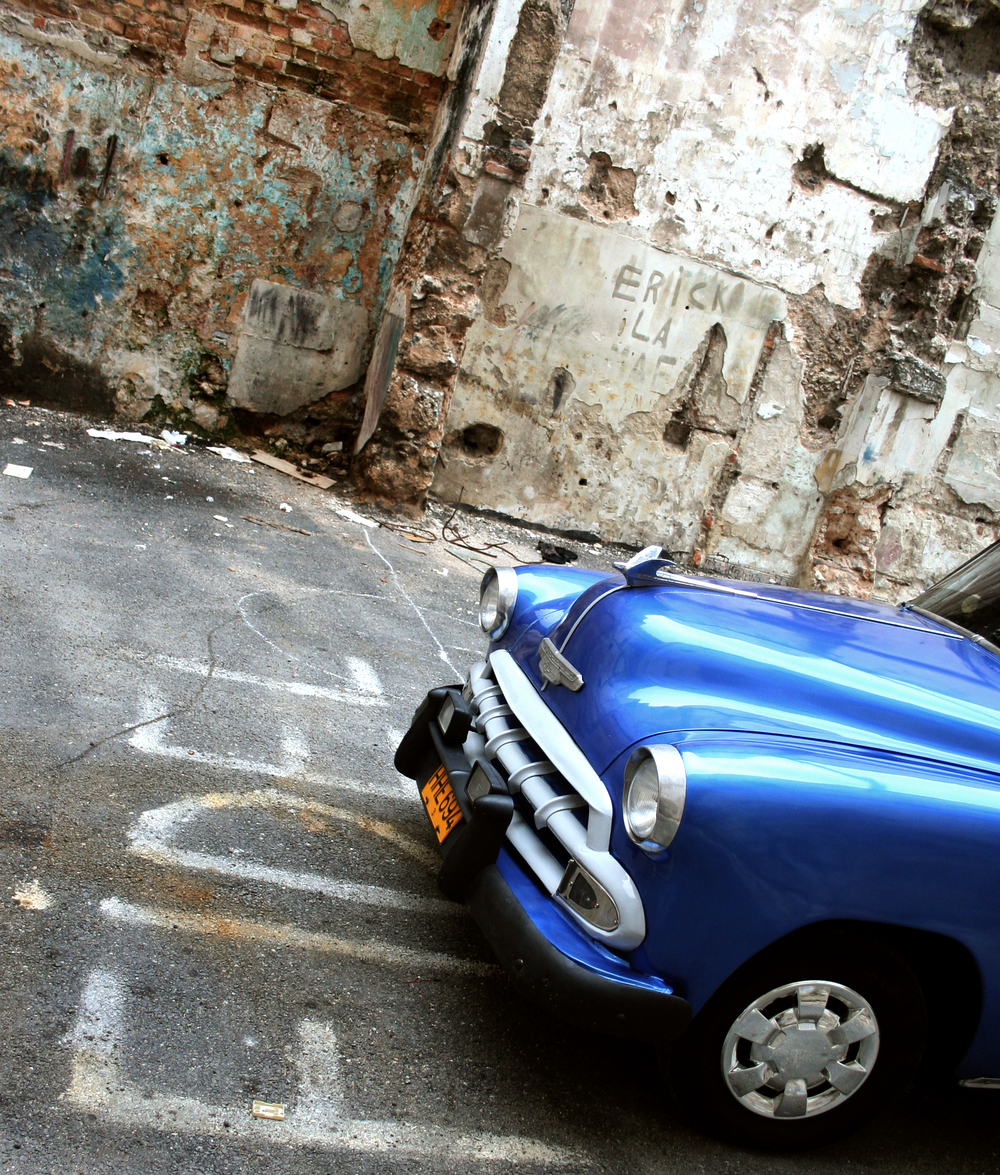
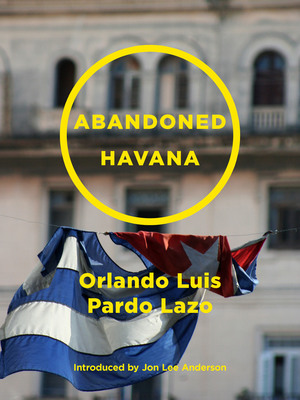
Reviews
“It is difficult to capture in images the soul of a landscape or a city, perhaps because they don’t have one alone but many. Orlando Luis Pardo Lazo’s photographs, and the commentaries they are accompanied with, capture whirlwinds of souls and offer them to us in such way that our own soul is transformed. They teach us how to see inside out and toward the depth of things, without slipping on the surface of things.”
—Fernando Savater, author of Amador and winner of the Octavio Paz Prize
“Some [photographs] have a sly humor, others an abstract beauty...Mr. Pardo Lazo resists any easy categorization.”
—David González, The New York Times Lens Blog
"It is difficult to live the Cuban reality, but if you attempt to do so while also narrating and placing it in images, the process is as painful as it is enlightening. Orlando Luís Pardo Lazo has experienced that pain and transmits it to us now in words and photos."
—Yoani Sanchez, blogger
“[Pardo Lazo’s] photos show the Havana that the world sees and something more; they are tinged with pain and humor a foreigner could never capture. Abandoned Havana is the gaze of someone who knows by genetic transmission the grace that his city used to have and longs to rescue it….A graphic testimony transformed into a shout of denunciation.”
—El Nuevo Herald
“He is giving us the poetics of the city that is not touristy, nostalgic, or exotic...He is giving people a way to read the politics of daily occurrences...He juxtaposes the eternal beauty of the city and the real political urgencies of the moment.”
—Ana M. Dopico, New York University
“In the process of constructing a “New Havana” for Cubans the world over, Lazo’s eye got stuck on the many visual ironies of his homeland. By merging Cuban iconorgraphy - a flag, a Guevera, a Fidel - with the crumbling of once extravagant architecture, Lazo uses images the way one might use poetry to describe the complexities of a withering nation.”
—iolabs
About the Authors
Photographer and writer Orlando Luis Pardo Lazo was born in Havana, Cuba in 1971. Trained as a molecular biochemist, he is the webmaster for the blogs Lunes de Post-Revolución and Boring Home Utopics. His writing has appeared in Sampsonia Way Magazine, Diario De Cuba, CubaEncuentro, Penúltimos Días, All Voices, In These Times, Qué Pasa, and many other international publications. As an editor, he has compiled two anthologies of contemporary Cuban fiction translated into English and worked for the cultural magazine Extramuros as well as several independent Cuban digital magazines, including Cacharro(s), The Revolution Evening Post, and Voces. In 2012, he organized País de Píxeles, the first independent photodocumentary festival in Cuba. In 2013 his photographic work was profiled by David González of The New York Times. A resident of Havana, he visits the United States to give university lectures about social activism and Cuban civic society using new media.
Jon Lee Anderson has been a staff writer for The New Yorker since 1998. He has covered numerous conflicts in the Middle East and Africa, reported frequently from Latin America and the Caribbean, and written profiles of Augusto Pinochet, Fidel Castro, Hugo Chávez, and Gabriel García Márquez. He is the author of several books, including The Lion’s Grave: Dispatches from Afghanistan, Che Guevara: A Revolutionary Life, Guerillas: Journeys in the Insurgent World, and The Fall of Baghdad.
About the Translator
Mary Jo Porter is an American who lives in Seattle devoted to helping Cuban dissidents on the island, especially the independent bloggers. Mary Jo, or “Maria” as her Cuban friends know her, is responsible for the English translation of Yoani Sanchez’s world renowned blog, Generation Y. She also translates for Claudia Cadelo’s Octavo Cerco, Reinaldo Escobar’s Desde Aqui, and many others. Together with friends and volunteers, Maria has help set up Hemos Oido, a website that posts the blogs of members of the alternative Cuban blogosphere and allows anyone who wishes to volunteer to translate these bloggers into other languages.
BOOK DETAILS
eBook: $9.99
eBook ISBN: 9781632060099
Publication date: Oct 14, 2014
171 pages
